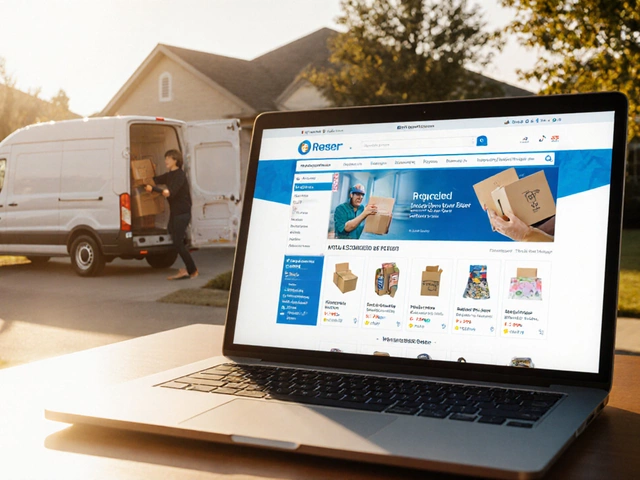Pricing Strategy Basics for Removals and Logistics
When you run a removal or logistics business, setting the right price feels like walking a tightrope. Too low and you bleed money; too high and customers bounce. The trick is to blend real costs with market expectations, then add a margin that keeps the business growing.
Start by listing every expense that touches a job – fuel, vehicle wear, staff wages, packing material, insurance, and warehouse fees. Add hidden costs too, like admin time, permits, and potential delays. Once you have a total cost per move, you have the floor price; anything below that hurts your bottom line.
Layering Competitive Factors
Next, look at what competitors charge. Scan local movers, national couriers, and niche services. If a rival offers a flat rate for a 5‑lb package, you’ll need to know their base cost to decide if you can match or beat it. Articles like the "UPS 5lb Shipping Cost Guide" give a clear picture of real carrier rates, helping you benchmark your own figures.
Customer perception also matters. People often equate higher price with better service, especially for delicate moves. Offer tiered packages – basic, standard, premium – so shoppers can pick the level that fits their budget and expectations. Each tier should bundle clear benefits, such as insurance, tracking, or same‑day delivery.
Adding Value Without Raising Prices
Instead of inflating rates, look for ways to boost perceived value. A simple online booking portal, real‑time tracking, or a free moving checklist can make a modest price feel like a great deal. The "Essential E‑Commerce Logistics Processes for Faster Online Delivery" article shows how streamlined processes shave time and cost, letting you keep prices stable while delivering speed.
Dynamic pricing is another tool. For peak moving seasons, you can raise rates modestly, but offer early‑bird discounts for bookings made months ahead. This mirrors how major couriers adjust rates around holidays and helps smooth workload throughout the year.
Don’t forget to factor in profit margin. A common target in the industry is 15‑20% above total costs, but adjust based on risk level and growth goals. Track your margin per job and revisit it quarterly – if fuel prices dip, you can pass some savings to customers and stay competitive.
Finally, communicate openly. Break down the price on quotes: "Labour £120, fuel £45, insurance £20 – total £185." Transparency builds trust and reduces price objections. Use simple language, avoid jargon, and make it easy for the buyer to see where every pound goes.
Putting these steps together gives you a clear, data‑driven pricing strategy that balances costs, competition, and customer value. Keep an eye on industry reports, such as the "Best Logistics Companies in 2025" guide, to stay ahead of trends and adjust your rates before the market does.
February 18, 2025
Evelyn Wescott
0 Comments
Calculating a delivery fee can seem tricky, but it's essential for both courier companies and their customers. This long-read examines the factors that impact delivery charges, including distance, package size, and urgency. Learn about popular methods and tools for determining fees and tips to balance affordability with business profitability. Make informed decisions with practical insights and be better prepared for your next delivery.




